The First Ten Seconds

CHAOS AND PANIC ARE GOOD WORDS TO DESCRIBE WHAT GOES THROUGH MANY ANGLERS HEADS DURING THE FIRST TEN SECONDS FOLLOWING A BIG FISH HOOKUP.
The decisions you make during those first seconds of the fight will often determine whether you or the fish wins the battle. There’s lots of ways to lose a big fish and sometimes it’s completely out of your control. But one of the worst decisions you can make, specifically when a fish is making a screaming run upstream or downstream of you, is deciding to stay put and not follow. When this happens you better be ready to kick it into high gear and move your ass fast in pursuit. Otherwise, you’ll quickly find yourself with no leverage to apply adequate power to fight and steer the fish. It’s like trying to drive a car on a curvy road without a steering wheel, it’s just not going to work.
Big trout usually only have a couple really long hard runs. If you can stick with them during the blitzing runs and keep good tension, you’ll often find the hardest part of the fight is over with. After that it’s all about being patient and
Read More »Riversmith River Quiver: REVIEW
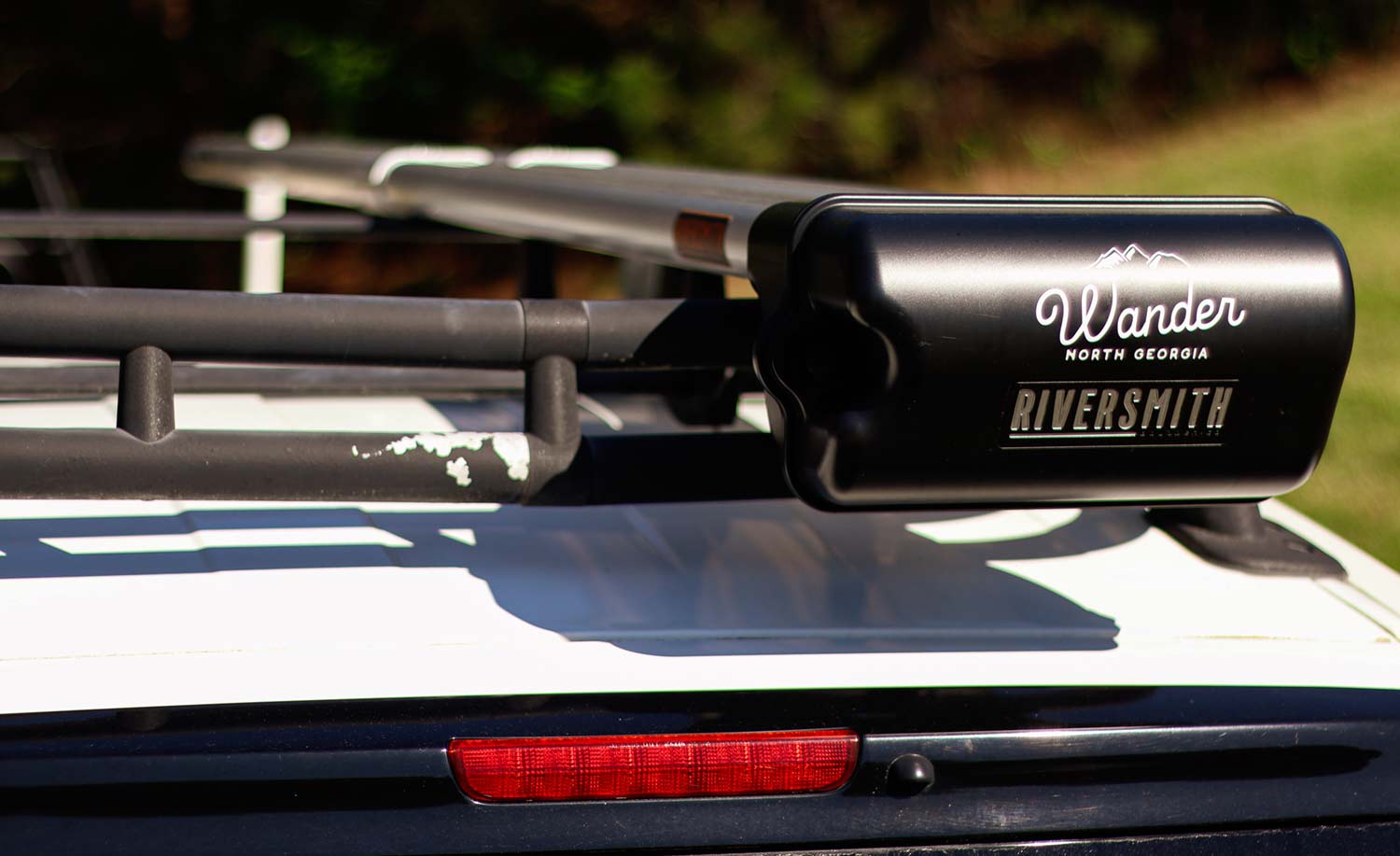
For more than two decades I’ve done it the exact same way. Rise before the sun, chuck my waders, boots, and gear in a big plastic tub, and then toss my rigged-up rods inside the cab of my vehicle.
The long, bumpy, unkempt roads of the southeast’s public lands wreaked havoc on my trucks. Those fragile fly rods that I haphazardly tossed through the back glass? Rod tips sliding across the dash. Blanks bouncing over the backseat. Most days I was just lucky they made it. There were plenty of unlucky days, though. Never did I think that I would find myself snapping off the tip of one of my fly rods because it got stuck between the windshield and the dashboard, but one morning I did just that so I could go fishing. And that sound… That awful sound of a fly rod screming as it is sent through the glass guillotine… my passenger window. Car doors. Rear tailgates. They have all caused their fair share of destruction. Not to mention the constant sliding around of fly rods and constantly moving them out of your face. And yes, I have tried a handful of interior rod racks, but none ever really solved any problems or worked well enough to keep around. So, until recently, I’ve just dealt with having fly rods running amuck in my vehicles.
About a year ago, I received a phone call from the folks at Riversmith. They had recently launched their new River Quiver rod rack and were generous enough to send one my way to test drive. After talking with Luke on the phone, and meeting John at IFTD, I can tell you from the get-go that these guys have the right ideas, methods, and goals in mind. They themselves were avid fly anglers and had used other rod racks on the market that left them with the desire to design a better one. Riversmith unturned every stone on this project. Aside from just being able to carry fly rods, they wanted the River Quiver to excel in areas where others fell short. Security. Durability. Design. Ease of use. They even focused on materials and design that would ensure road noise was kept to a minimum. Not only developing a solid product, Riversmith has also committed to excel in customer service and sharing their passion for fly fishing alongside their customers.
Riversmith offers four different models of the River Quiver that will accommodate most anglers’ needs, as well as two color options. The standard River Quiver is available as a “2-Banger” at $399.99 and a “4-Banger” at $599.99, allowing folks to carry either two or four rods up to 10’4” in length along on their journeys. If you’re needing to carry along some longer sticks, Riversmith also offers extended versions of both the “2-Banger” and “4-Banger” that allows enough space for rods up to 11’4” in length. Originally offered in unfinished aluminum (which we have), the River Quiver is now offered in a sleek, matte black for an extra $60 for the 2-Banger and $80 for the 4-Banger, and is currently only offered on the standard length models. The sturdy reel box is made of tough AES polymer and features a keyed lock with a beefy hinge and side-swinging door. The box has ample room for large saltwater reels and allows for larger fighting butts. A tongue-and-groove joint runs around the entire perimeter of the box and resists prying and tampering, keeping your rods and reels that much more secure. Each of the rod tubes are
Read More »Fish Every Cast!
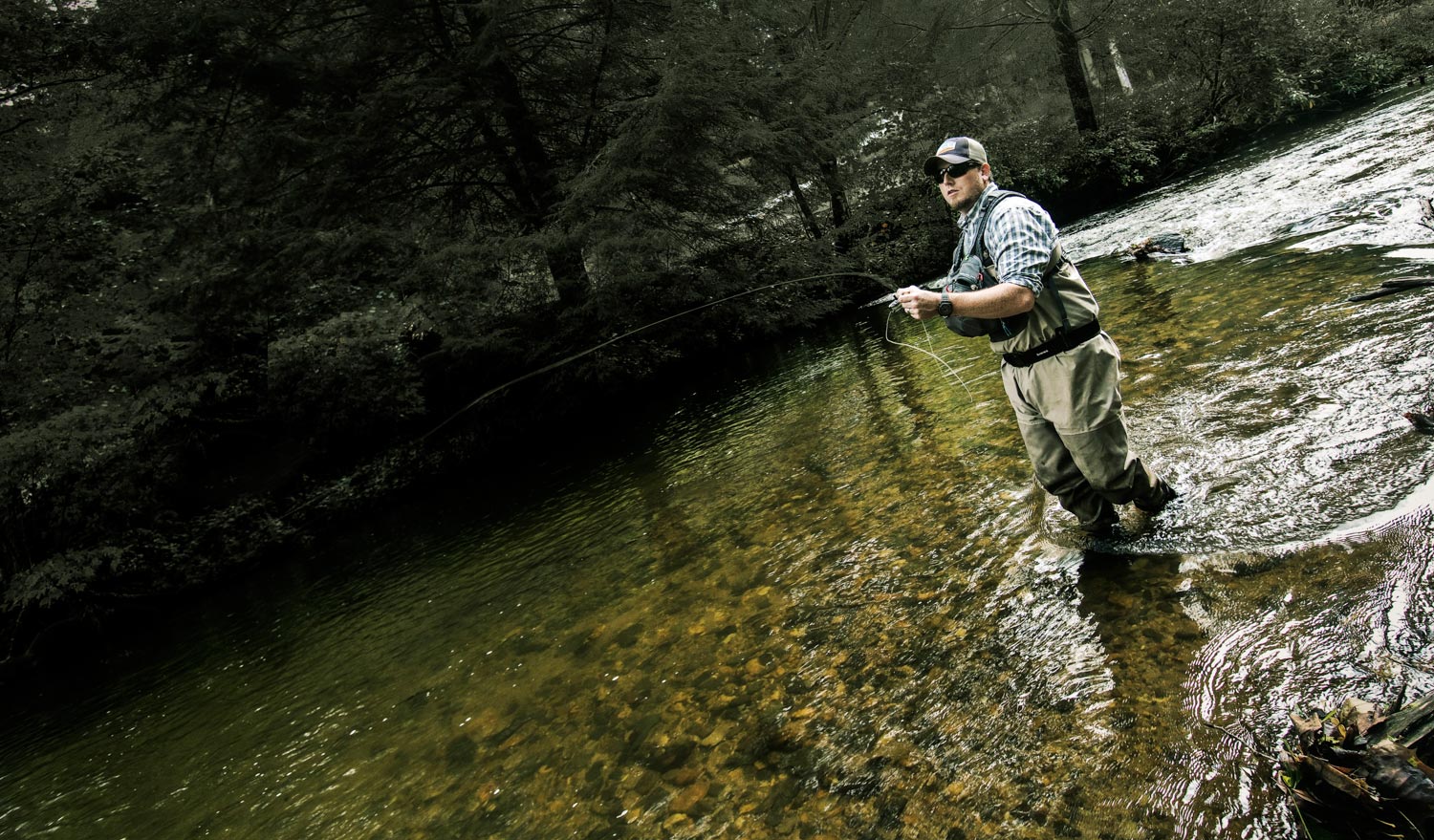
By Justin Pickett
From the great casts and the perfect drifts, to the ugly presentations and the drowned dry flies, if those flies hit the water, let ‘em drift!
Just about every day that I spend on the water with a client, I’ll find myself, at some point, explaining to them the reasons why I want them to fish each and every cast to the very end.
Flies only catch fish when they are on, or in, the water. Well, at least 99.999999% of the time anyway. All too often I see clients and friends lay their flies on the water, only to immediately rip them off the surface in order to make another presentation. If it’s a buddy of mine, I’ll often give ‘em some grief for it. However, more times than not, it’s a client, which brings me to a stopping point in order to educate them on why I don’t want them doing this.
For one, the act of landing flies on the water, whether it be a single dry or a gaggle of nymphs, and then ripping them off the water makes quite a commotion. The noises, ripples, and splashes that occur from essentially ripping a clothesline from the surface will no doubt either spook the trout you are fishing to, or at least alert them that the day’s contestants have arrived to play the game. If the flies hit the water, leave ‘em! Wait for them to drift out of the run, or at least well downstream of the fish, before picking them up to regroup.
Secondly, take your time and regroup. Yanking your flies from the water only to cast again without changing anything isn’t likely to make the next presentation any more successful. If you land your flies in a less than desirable location, let them drift out before taking them off the water and then take the time to makes adjustments before making your next presentation. Not taking the time to make adjustments only sets you up to likely making another undesirable cast. Move your feet, rotate your shoulders, check your distance. DO SOMETHING! Remember the definition of insanity? Take your time and maximize your chances to succeed.
The third thing that I emphasize to my clients is
Read More »New Alpha Fly Rods From Winston
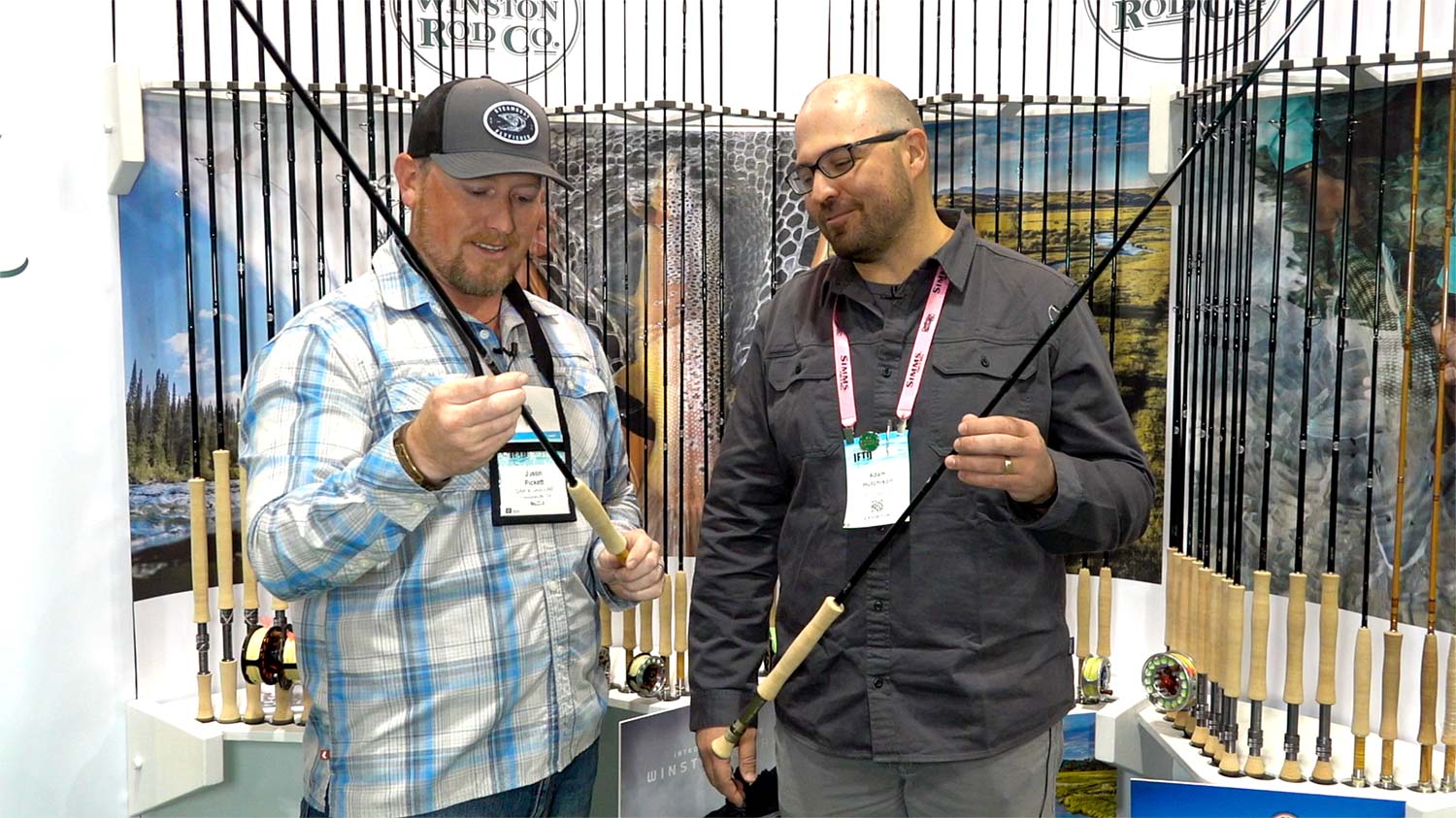
The new Alpha series fly rods from Winston speed things up.
Winston is hitting the ground running with a new fast action rod. The Alpha is a top shelf offering in Winston green and all the touches that go with it. It also uses the famous Winston Boron reinforced but section. Justin Pickett is a big fan.
WATCH THE VIDEO AND HE’LL TELL YOU ALL ABOUT THE NEW WINSTON ALPHA.
Read More »Attractor Flies in Tandem Rigs
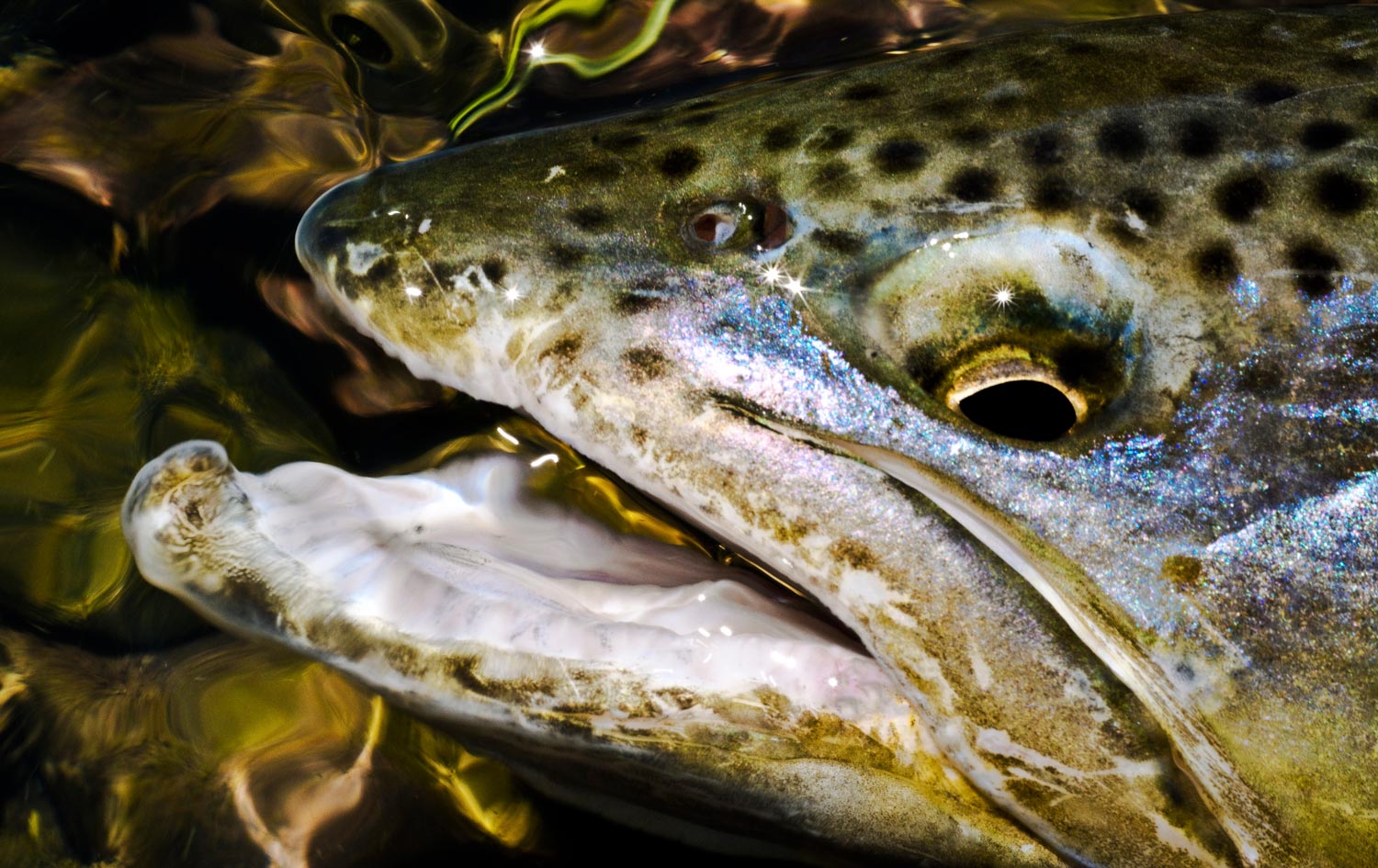
A LARGE PART OF FLY FISHING IS PROBLEM SOLVING.
Problems are just part of the game and the better you are at solving them, the more effective an angler you will be. Often the solutions require tactics that are unusual or counter intuitive. When fish are being stubborn a creative solution may be just what is needed.
On our recent trip to the Owyhee River in Oregon, Kent and I encountered such a problem. The Owyhee (the part we were fishing) is a tailwater. It’s a highly pressured and very technical fishery full of picky brown trout. That’s a big enough problem but there were other factors we were dealing with as well.
The Owyhee has an amazingly abundant insect population and the insects are very small. This means that your #22 fly is competing for the fish’s attention with thousands of tasty naturals. The fish do not have to move for food so the only way to feed them is to put the fly right on their nose.
No problem, and anglers generally do this by targeting rising fish because the waters of the Owyhee are stained with dissolved lime and calcium carbonate, a very fine silt that does not settle and gives the water an opaque green tint. The color makes it nearly impossible to sight fish when there are no fish rising. When we were there strong winds had put off the hatches so we were fishing blind. We were catching fish fairly regularly by reading water and being persistent and observant, but I kept thinking there had to be a better approach.
Read More »Keep It Clean, With A Clearing Cast
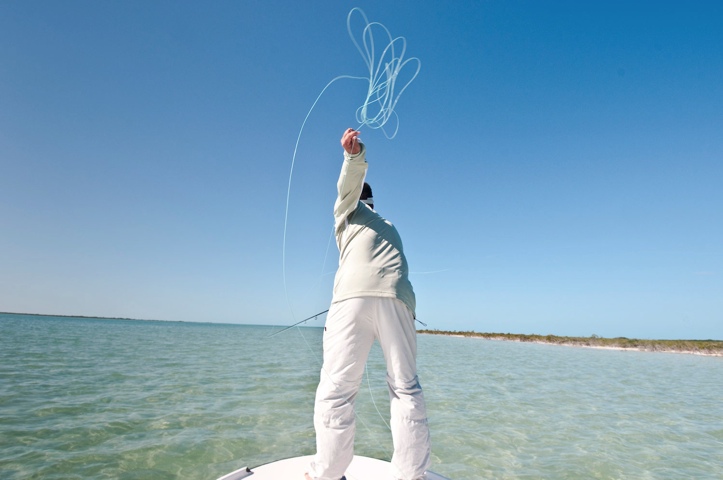
I’ve heard salt water fly fishing described as long periods of boredom punctuated by brief periods of panic.
I don’t know that I find staring at miles of gorgeous flats boring but I’ve felt that panic a time or two. It’s a stalking game and when the fish show up, shit happens fast. You often only get one shot and the last thing you need is a line maintenance issue. That’s why you need to make a clearing cast.
Start by striping as much line as you can cast off of your reel on to the deck. Because the line you are pulling off of the reel stacks on top of the line coming form the guides, when you try to cast you will be shooting line from the bottom of the pile and it will tangle every time. Like in the photo above. Not what you want when your casting to a fish and certainly not once you’ve fed one. So before you
Read More »New Saltwater and Euro Nymph Fly Lines from RIO: Video

RIO has a host of new Direct Core saltwater fly lines, and a nifty trick for the occasional euro nympher.
Rio’s direct core lines have been out for a while. The flagship Flats Pro is a great example of how the direct core makes for better fishing. This year RIO is introducing several purpose driven Direct Core fly lines, including specialty tapers for bonefish, permit and tarpon.
As a bonus, you’ll also see the new Euro Nymph Shortie, an attachable head that turned your standard fly line into a euro nymphing line in seconds. A great trick for when you need to get technical on the spot.
CHECK OUT THIS VIDEO FOR ALL THE DETAILS ON DIRECT CORE FLY LINES AND THE EURO NYMPH SHORTIE!
Read More »Georgia Man Catches Trout On Car Key, But Why?
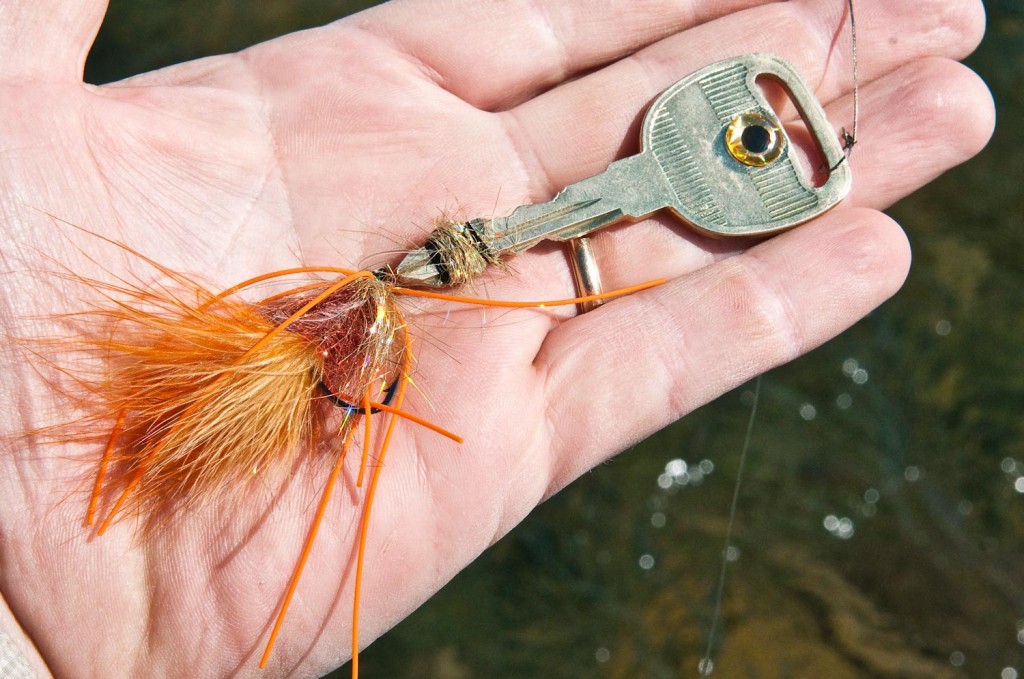
By Louis Cahill
WHY IN THE HELL WOULD YOU FISH THAT? I’M GLAD YOU ASKED. TO PROVE A POINT.
For some reason this year I have run into more anglers with attitude than usual. Ranging from the dry fly purest who think they walk on the water rather than fish it, to the Bonos of fly fishing who keep a sharpie handy for a quick autograph. Here’s an example.
I was on a photo shoot a while back on the Henry’s Fork. I had a few minutes to fish and frankly, I needed a fish to photograph, so I asked the guide for a rod. He gave me a set up with a Chernobyl Ant, the fly everyone else was using to NOT catch fish. I didn’t have my gear so I ask if he had any streamers. The reply I got brought steam out of my ears. “This is the Henry’s Fork and we don’t do that here”. Rather than launch into a diatribe on what horse shit that is, I explained that this was my job and I needed a fish and may I please have a streamer. Within a few casts I had my fish. The guide was clearly irritated and insisted that it meant nothing.
I was talking, ok bitching, about this narrow view of fishing to Kent, over a few beers, when he challenged me to come up with the most f¥€ked up thing I could catch a fish on. After a few ideas we decided on a car key. I liked this because I cary a key chain with way too many keys. So I picked out a key and tied on a hook with a marabou tail. To further infuriate the purest I chose
Read More »The New Yeti Hopper M-30 Portable Cooler: Video
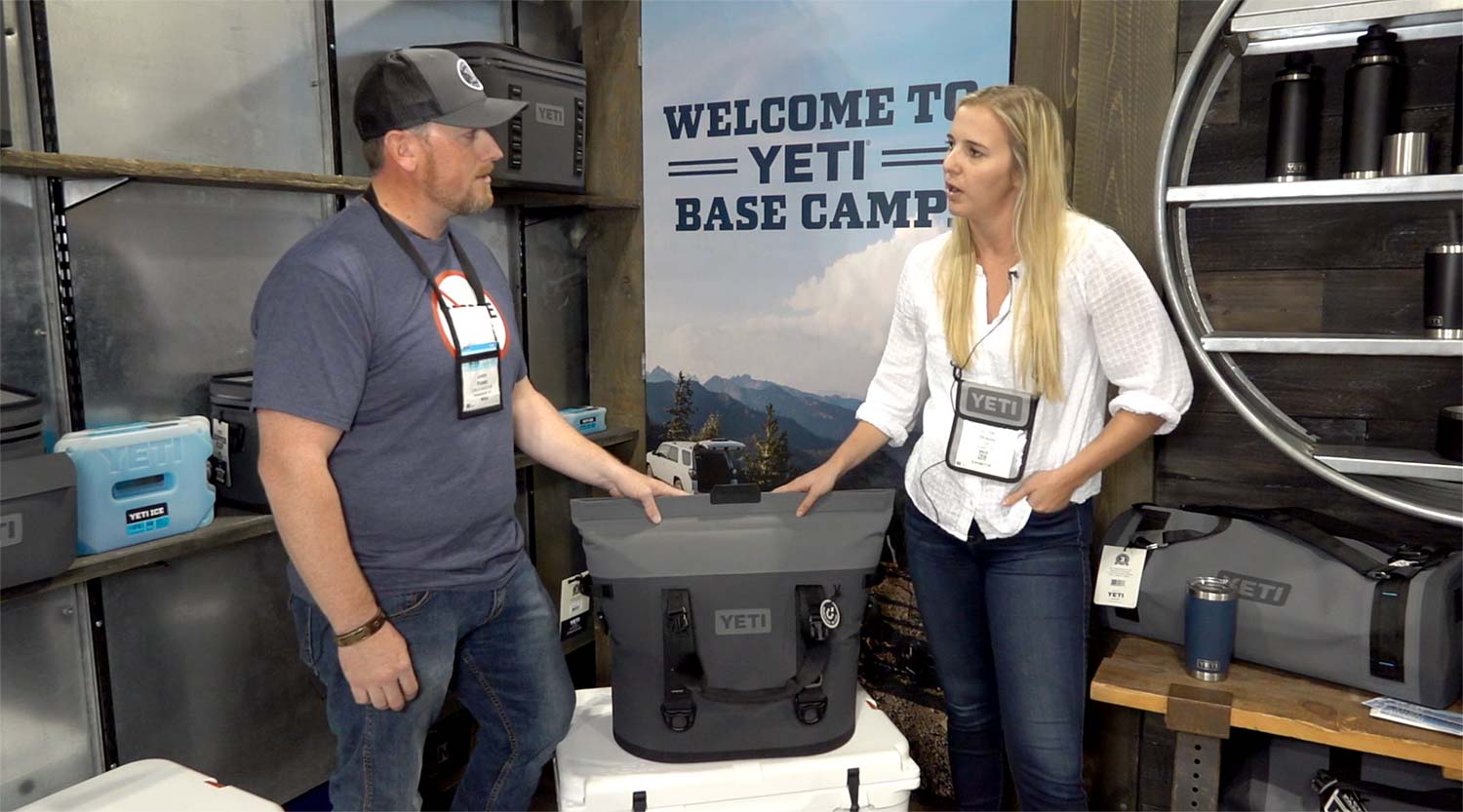
The new Yeti Hopper M-30 uses magnets to keep ice longer.
If you’re looking for a portable cooler that’s rugged, doesn’t leak and keeps ice frozen, the M-30 is a big improvement. Magnetic closures keep the cold in when it’s warm out. Just the thing for those summer days when WE ARE GOING TO GET OUT OF THE HOUSE!!!
WATCH THE VIDEO FOR ALL THE DETAILS ON THE YETI HOPPER M-30.
Read More »New Dry Creek Z Packs from Simms: Video
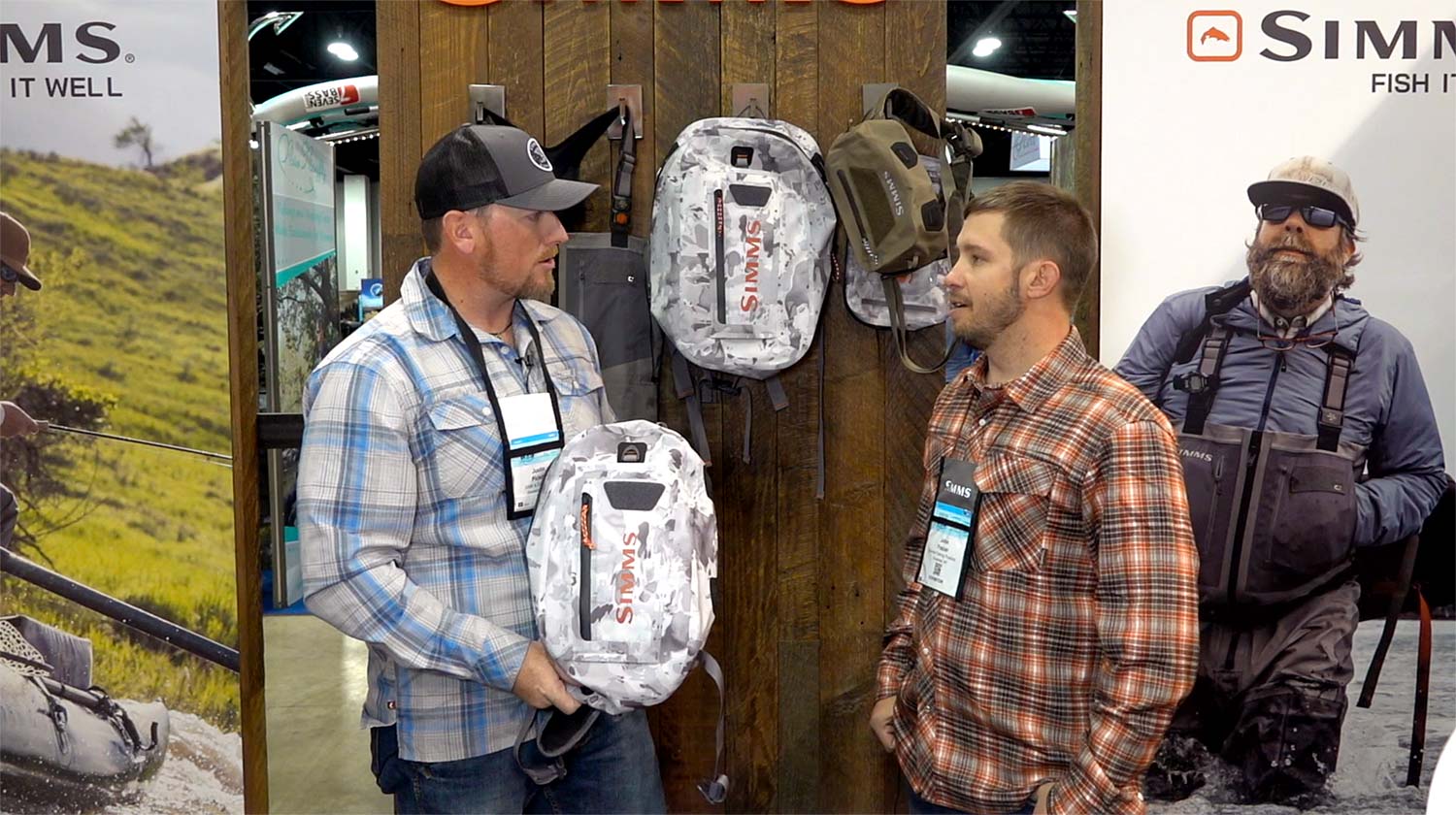
The new Dry Creek Z Packs from Simms have the coolest zipper ever!
These cool new packs are loaded with features but the toothless, self healing zipper is what really makes them stand out. No teeth means no leaks and dry gear under the most challenging conditions.
Watch the video to see the new Dry Creek Z Packs from Simms.
Read More »